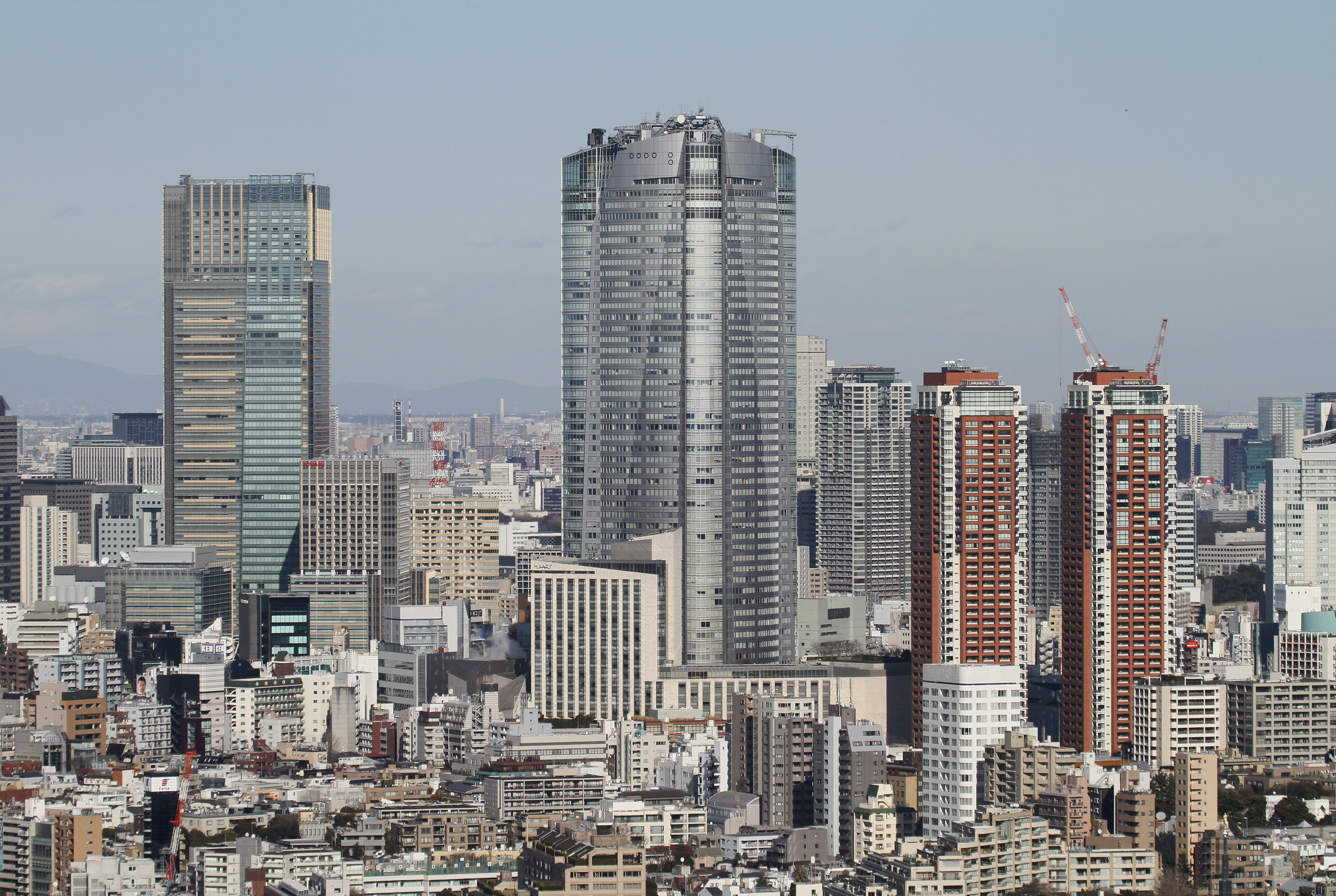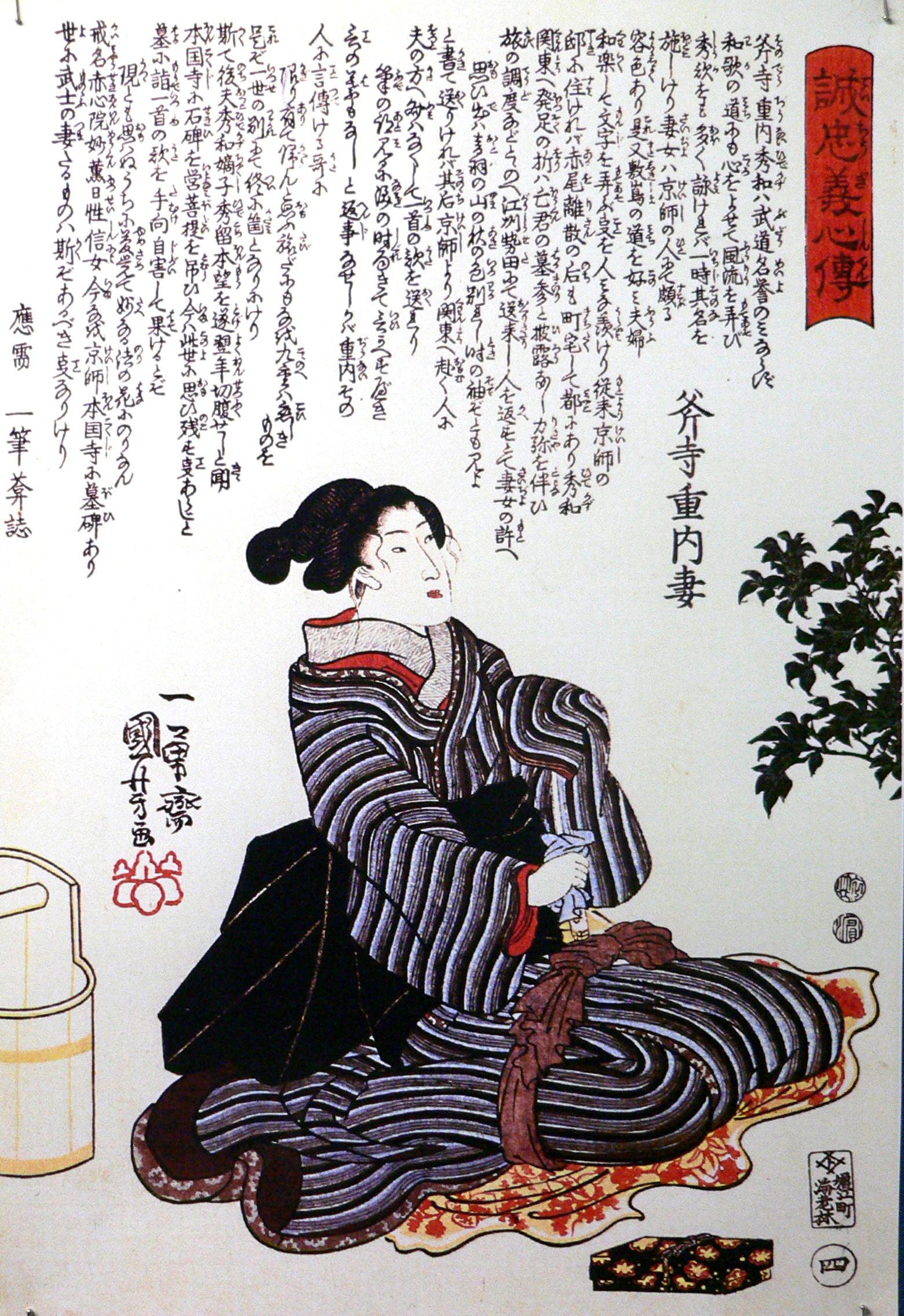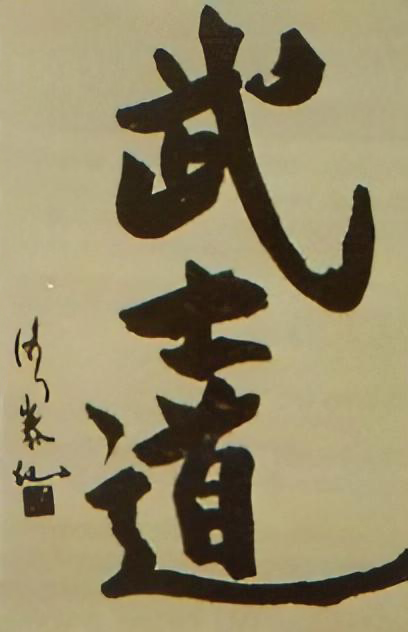|
Maresuke Nogi
Count , also known as Kiten, Count Nogi GCB (December 25, 1849September 13, 1912), was a Japanese general in the Imperial Japanese Army and a governor-general of Taiwan. He was one of the commanders during the 1894 capture of Port Arthur from China and a prominent figure in the Russo-Japanese War of 1904–05, as commander of the forces which captured Port Arthur from the Russians. He was a national hero in Imperial Japan as a model of feudal loyalty and self-sacrifice, ultimately to the point of suicide. In the Satsuma Rebellion, he lost a banner of the emperor in battle, for which he tried to atone with suicidal bravery in order to recapture it, until ordered to stop. In the Russo-Japanese War, he captured Port Arthur but he felt that he had lost too many of his soldiers, so requested permission to commit suicide, which the emperor refused. These two events, as well as his desire not to outlive his master, motivated his suicide on the day of the funeral of the Emperor Meiji ... [...More Info...] [...Related Items...] OR: [Wikipedia] [Google] [Baidu] |
Senior Second Rank
The court ranks of Japan, also known in Japanese language, Japanese as ''ikai'' (位階), are indications of an individual's court rank in Japan based on the system of the Nation, state. ''Ikai'' as a system was the indication of the rank of bureaucrats and officials in countries that inherited (class system). Currently, the Japanese court ranks and titles are among the types of honours conferred to those who have held government posts for a long time and to those who have made distinguished achievements. In recent times, most appointments, if not all, are offered posthumously. A notable recipient of such a court rank is the late former Prime Minister of Japan, prime minister Shinzo Abe, who received Junior First Rank (従一位, ''ju ichi-i'') on 8 July 2022. Court ranks The national system for ranking politicians and officials who served the Japanese dynasty began in 603 when Empress Suiko enacted the Twelve Level Cap and Rank System. Each rank was identified by the color of ... [...More Info...] [...Related Items...] OR: [Wikipedia] [Google] [Baidu] |
Royal Victorian Order
The Royal Victorian Order () is a dynastic order of knighthood established in 1896 by Queen Victoria. It recognises distinguished personal service to the monarch, members of the royal family, or to any viceroy or senior representative of the monarch. The present monarch, King Charles III, is the sovereign of the order. The order's motto is ''Victoria.'' The order's official day is 20 June. The order's chapel is the Savoy Chapel in London. There is no limit on the number of individuals honoured at any grade. Admission is at the sole discretion of the monarch. Each of the order's five grades represent different levels of service, as does the medal, which has three levels of service. While all those honoured may use the prescribed styles of the order – the top two grades grant titles of knighthood, and all grades accord distinct post-nominal letters – the Royal Victorian Order's precedence amongst other honours differs from realm to realm and admission to some grades may be ba ... [...More Info...] [...Related Items...] OR: [Wikipedia] [Google] [Baidu] |
Chōshū Domain
The , also known as the , was a domain (''han'') of the Tokugawa Shogunate of Japan during the Edo period from 1600 to 1871.Deal, William E. (2005) ''Handbook to Life in Medieval and Early Modern Japan,'' p. 81 The Chōshū Domain was based at Hagi Castle in Nagato Province, in the modern city of Hagi, located in the Chūgoku region of the island of Honshu. The Chōshū Domain was ruled for its existence by the '' tozama'' ''daimyō'' of the Mōri, whose branches also ruled the neighboring Chōfu and Kiyosue domains and was assessed under the '' Kokudaka'' system with peak value of 369,000 ''koku''. The Chōshū Domain was the most prominent anti-Tokugawa domain and formed the Satchō Alliance with the rival Satsuma Domain during the Meiji Restoration, becoming instrumental in the establishment of the Empire of Japan and the Meiji oligarchy. The Chōshū Domain was dissolved in the abolition of the han system in 1871 by the Meiji government and its territory was absorbed ... [...More Info...] [...Related Items...] OR: [Wikipedia] [Google] [Baidu] |
Samurai
The samurai () were members of the warrior class in Japan. They were originally provincial warriors who came from wealthy landowning families who could afford to train their men to be mounted archers. In the 8th century AD, the imperial court downsized the national army and delegated the security of the countryside to these privately trained warriors. Eventually the samurai clans grew so powerful that they became the ''de facto'' rulers of the country. In the aftermath of the Gempei War (1180-1185), Japan formally passed into military rule with the founding of the first shogunate. The status of samurai became heredity by the mid-eleventh century. By the start of the Edo period, the shogun had disbanded the warrior-monk orders and peasant conscript system, leaving the samurai as the only men in the country permitted to carry weapons at all times. Because the Edo period was a time of peace, many samurai neglected their warrior training and focused on peacetime activities such as a ... [...More Info...] [...Related Items...] OR: [Wikipedia] [Google] [Baidu] |
Roppongi
Roppongi (, , 'six trees') is a district of Minato, Tokyo, Minato, Tokyo, Japan, famous for the affluent Roppongi Hills development area and popular night club scene. A few foreign embassies are located near Roppongi, and the night life is popular with locals and foreigners alike. It is in the central part of Tokyo, south of Akasaka, Tokyo, Akasaka and north of Azabu. History The name ''Roppongi'', which appears to have been coined around 1660, literally means "six trees". According to one account, the name comes from six very old and large Zelkova serrata, zelkova trees that used to mark the area; the first three were cleared, and the last were destroyed during World War II. Another legend has it that the name comes from the fact that six ''daimyōs'' lived nearby during the Edo period, each with the kanji character for "tree" or a kind of tree in their names. Roppongi was not extensively populated until after the Meiji Restoration, although the area was trafficked for centuri ... [...More Info...] [...Related Items...] OR: [Wikipedia] [Google] [Baidu] |
Oleg Benesch
Oleg (), Oleh (), or Aleh () is an East Slavic given name. The name is very common in Russia, Ukraine, and Belаrus. Origins ''Oleg'' derives from the Old Norse ''Helgi'' ( Helge), meaning "holy", "sacred", or "blessed". The feminine equivalent is Olga. While Germanic in origin, "Oleg" is not very common outside Eastern European countries, while "Helge" and "Helga" are common names in Scandinavia. Russian pronunciation Олег (Oleg) is pronounced �ˈlʲekin Russian. The English pronunciation of Oleg is based on the transliteration of the Cyrillic alphabet, and overlooks four key features of the Russian pronunciation: # The stress is on the second syllable. In spoken Russian, the initial short unstressed 'O' is reduced to � similar to the 'a' as in 'about'. # The 'л' (l) becomes palatalized to ʲ─ that is, it gains a 'y'-like quality, and but is still most closely approximated by a plain English 'l'. # The Russian letter 'e' is pronounced 'ye' as in 'yellow'. # Th ... [...More Info...] [...Related Items...] OR: [Wikipedia] [Google] [Baidu] |
Junshi
refers to the medieval Japanese act of vassals committing suicide for the death of their lord. Background The practice is described by Chinese chronicles, describing the inhabitants of the Japanese archipelago, going as far back as the third century, according to the ''Records of the Three Kingdoms'', where more than a hundred servants were said to follow Queen Himiko in death. The ''Nihon Shoki'' records a decree in 646 that forbade ''junshi'', but it continued to be practiced for centuries afterward. Under the Tokugawa shogunate (1603–1868), battle and war were almost unknown, and ''junshi'' became quite popular with vassals even when their masters died naturally, or in some other way had not met a violent end. There were no fixed rules for ''junshi'', and to some extent it depended on the circumstances, the importance of the lord and the esteem in which he was held by his followers, and the manner of his death. ''Junshi'' could also be carried out irrespective of whet ... [...More Info...] [...Related Items...] OR: [Wikipedia] [Google] [Baidu] |
Bushido
is a Samurai moral code concerning samurai attitudes, behavior and lifestyle. Its origins date back to the Kamakura period, but it was formalized in the Edo period (1603–1868). There are multiple types of bushido which evolved significantly through history. Contemporary forms of bushido are still used in the social and economic organization of Japan. ''Bushido'' is also used as an overarching term for all the codes, practices, philosophies and principles of samurai culture. It is loosely analogous to the European concept of chivalry, but with some major differences. Origin The concept of a samurai code or codes was developed and refined centuries before the Edo period in the Kamakura period. Such ideas formalized earlier moral values and ethics, most commonly stressing a combination of sincerity, frugality, loyalty, martial arts mastery, honour until death, "bravery", and "loyalty to the samurai's lord." Bushido proper developed between the 16th and 20th centuries, but th ... [...More Info...] [...Related Items...] OR: [Wikipedia] [Google] [Baidu] |
Emperor Meiji
, posthumously honored as , was the 122nd emperor of Japan according to the List of emperors of Japan, traditional order of succession, reigning from 1867 until his death in 1912. His reign is associated with the Meiji Restoration of 1868, which ended the Tokugawa shogunate and began rapid changes that transformed Japan from an isolationist, feudal state to an industrialized great power, world power. Emperor Meiji was the first monarch of the Empire of Japan, and presided over the Meiji era. At the time of Mutsuhito's birth, Japan was a feudal and pre-industrial country dominated by the isolationist Tokugawa shogunate and the ''daimyō'' subject to it, who ruled over Japan's 270 decentralized han (Japan), domains. The opening of Japan to the West from 1854 fueled domestic demands for modernization, and when Mutsuhito became emperor after the death of his father Emperor Kōmei in 1867, it triggered the Boshin War, in which samurai (mostly from the Chōshū Domain, Chōshū and Sa ... [...More Info...] [...Related Items...] OR: [Wikipedia] [Google] [Baidu] |
Battle Of Lushunkou
A battle is an occurrence of combat in warfare between opposing military units of any number or size. A war usually consists of multiple battles. In general, a battle is a military engagement that is well defined in duration, area, and force commitment. An engagement with only limited commitment between the forces and without decisive results is sometimes called a skirmish. The word "battle" can also be used infrequently to refer to an entire operational campaign, although this usage greatly diverges from its conventional or customary meaning. Generally, the word "battle" is used for such campaigns if referring to a protracted combat encounter in which either one or both of the combatants had the same methods, resources, and strategic objectives throughout the encounter. Some prominent examples of this would be the Battle of the Atlantic, Battle of Britain, and the Battle of France, all in World War II. Wars and military campaigns are guided by military strategy, whereas batt ... [...More Info...] [...Related Items...] OR: [Wikipedia] [Google] [Baidu] |
Imperial Japanese Army
The Imperial Japanese Army (IJA; , ''Dai-Nippon Teikoku Rikugun'', "Army of the Greater Japanese Empire") was the principal ground force of the Empire of Japan from 1871 to 1945. It played a central role in Japan’s rapid modernization during the Meiji period, fought in numerous conflicts including the First Sino-Japanese War, the Russo-Japanese War, World War I, the Second Sino-Japanese War, and World War II, and became a dominant force in Japanese politics. Initially formed from domain armies after the Meiji Restoration, it evolved into a powerful modern military influenced by French and German models. The IJA was responsible for several overseas military campaigns, including the invasion of Manchuria, involvement in the Boxer Rebellion, and fighting across the Asia-Pacific during the Pacific War. Notorious for committing widespread Japanese war crimes, war crimes, the army was dissolved after Japan's surrender in 1945, and its functions were succeeded by the Japan Ground Self-D ... [...More Info...] [...Related Items...] OR: [Wikipedia] [Google] [Baidu] |







